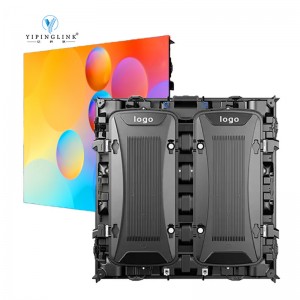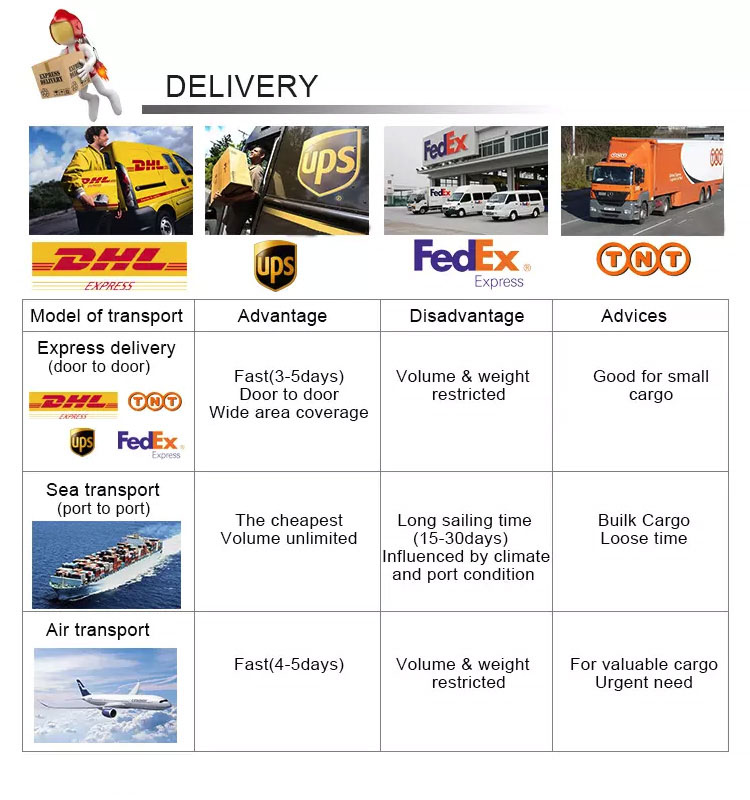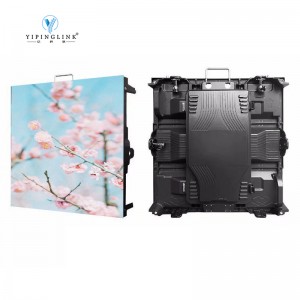Outdoor Waterproof P5.93 Full Color High Brightness Advertising LED Display
Specifications
|
Item
|
Outdoor P5.93
|
|
Panel Dimension
|
320*160mm
|
|
Pixel Pitch
|
5.93mm
|
|
Dot Density
|
28224 dots
|
|
Pixel Configuration
|
1R1G1B
|
|
LED Specification
|
SMD2727
|
|
Module Resolution
|
54*27
|
|
Cabinet Size
|
960*960mm
|
|
Cabinet Resolution
|
162*162 |
|
Cabinet Material
|
Die-casting Aluminum
|
|
Life Span
|
100000 hours
|
|
Brightness
|
≥4500cd/㎡
|
|
Refresh Rate
|
1920-3840HZ/S
|
|
Operating Humidity
|
10-90%
|
|
Control Distance
|
6-18M
|
|
IP Protective Index
|
IP65
|
Asynchronous Control System
Advantages of LED Display Asynchronous Control System:
1. Flexibility: The asynchronous control system provides flexibility in terms of content management and scheduling. Users can easily update and change the content displayed on the LED screens without interrupting the ongoing display. This allows for quick adaptation to changing requirements and ensures that the screens are always displaying relevant and up-to-date information.
2. Cost-effective: The asynchronous control system is a cost-effective solution for managing LED display screens. It eliminates the need for manual intervention and reduces maintenance costs, as most issues can be resolved remotely. Additionally, the system allows for the efficient use of energy, resulting in lower operating costs.
3. Scalability: The control system is scalable and can be easily expanded to accommodate additional LED display screens as needed. This scalability ensures that the system can grow with the requirements of the user, without the need for significant investment in new infrastructure.
4. User-friendly Interface: The asynchronous control system is designed with a user-friendly interface, making it easy for both novice and experienced users to operate and manage the LED display screens. The system provides intuitive controls and clear instructions, ensuring a smooth user experience.
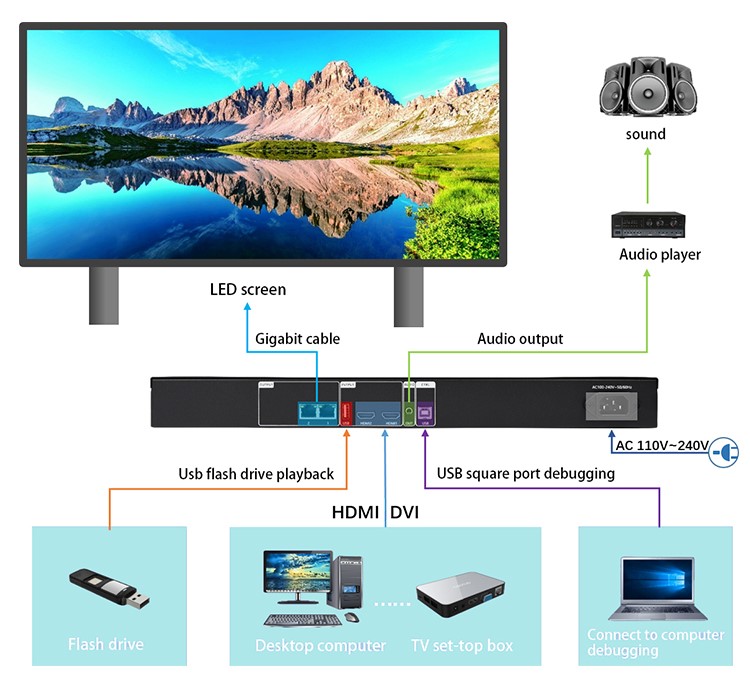
Synchronous Control System
Components of LED Display Synchronous Control System:
1. Control Host: The control host is the main device that manages the operation of the LED display screens. It receives the input signals and sends them to the display screens in a synchronized manner. The control host is responsible for processing the data and ensuring the correct display sequence.
2. Sending Card: The sending card is a key component that connects the control host with the LED display screens. It receives the data from the control host and converts it into a format that can be understood by the display screens. The sending card also controls the brightness, color, and other parameters of the display screens.
3. Receiving Card: The receiving card is installed in each LED display screen and receives the data from the sending card. It decodes the data and controls the display of the LED pixels. The receiving card ensures that the images and videos are displayed correctly and synchronized with other screens.
4. LED Display Screens: The LED display screens are the output devices that show images and videos to the viewers. These screens consist of a grid of LED pixels that can emit different colors. The display screens are synchronized by the control host and display the content in a coordinated manner.
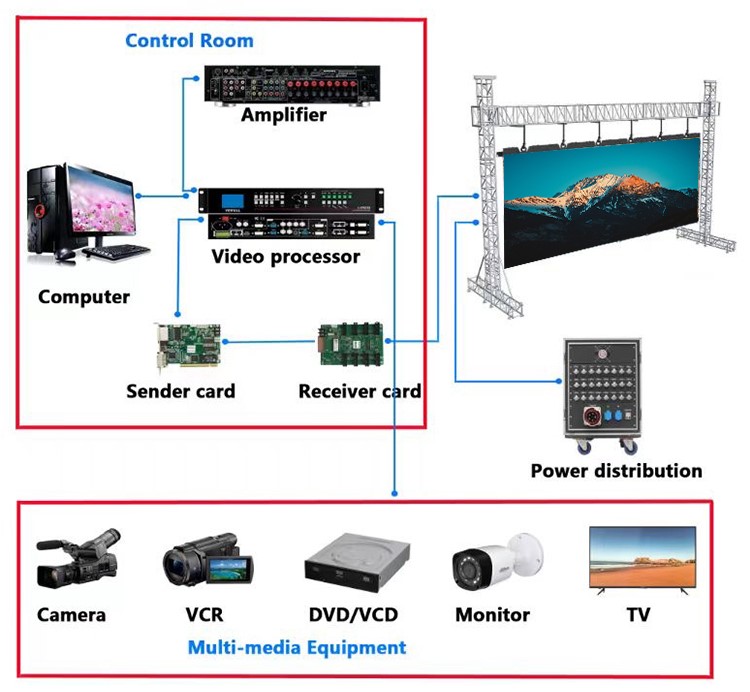
Ways of Installation
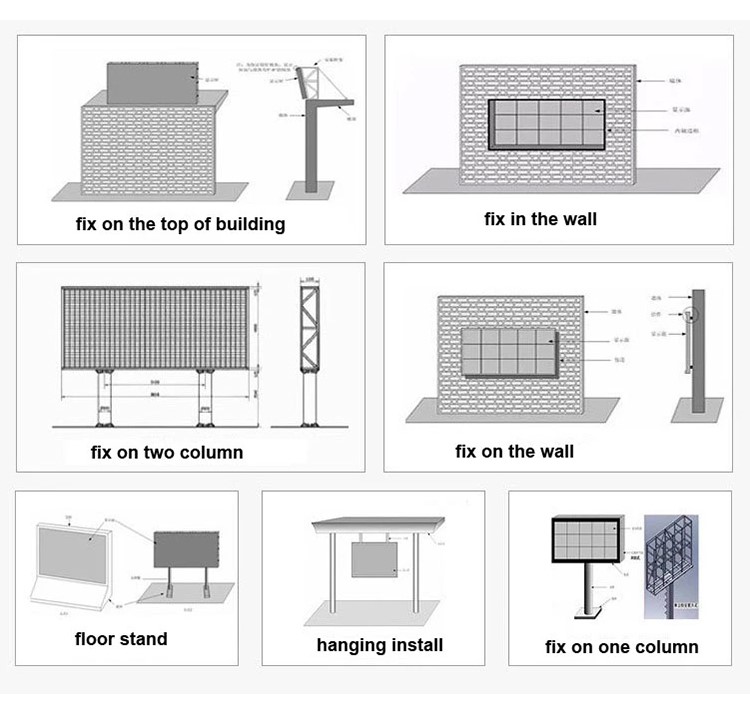
Product Comparison
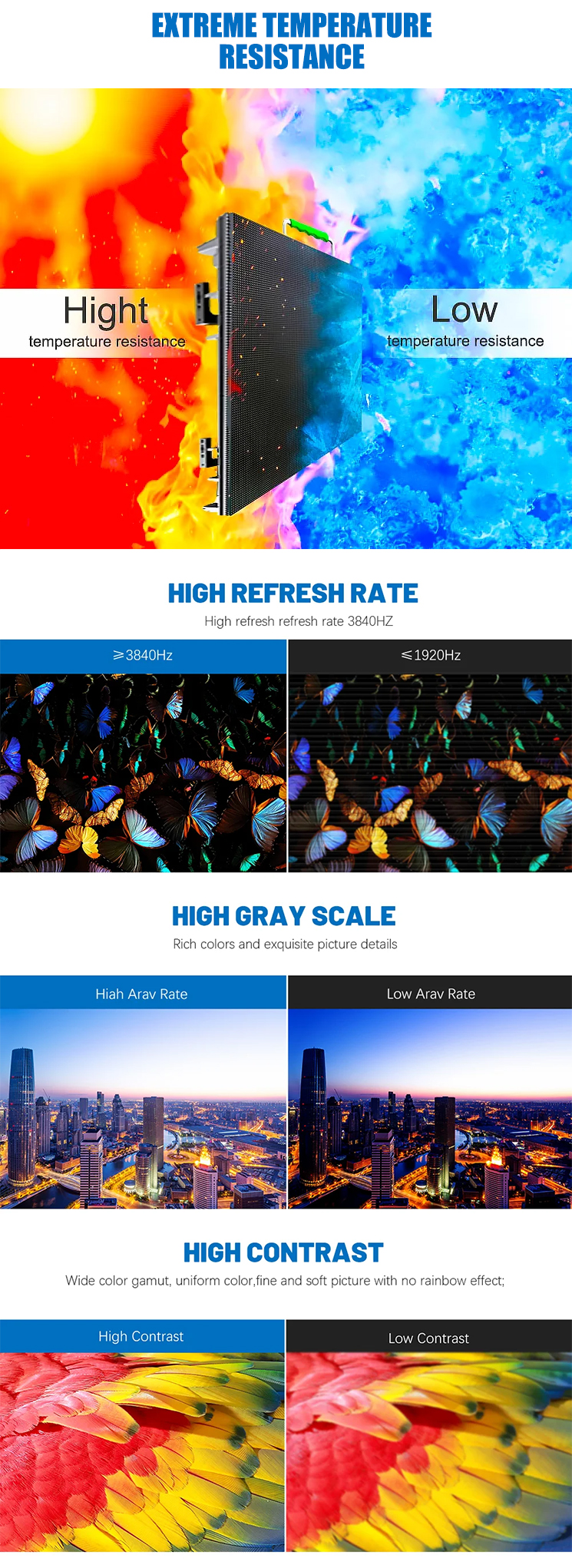
Aging Test
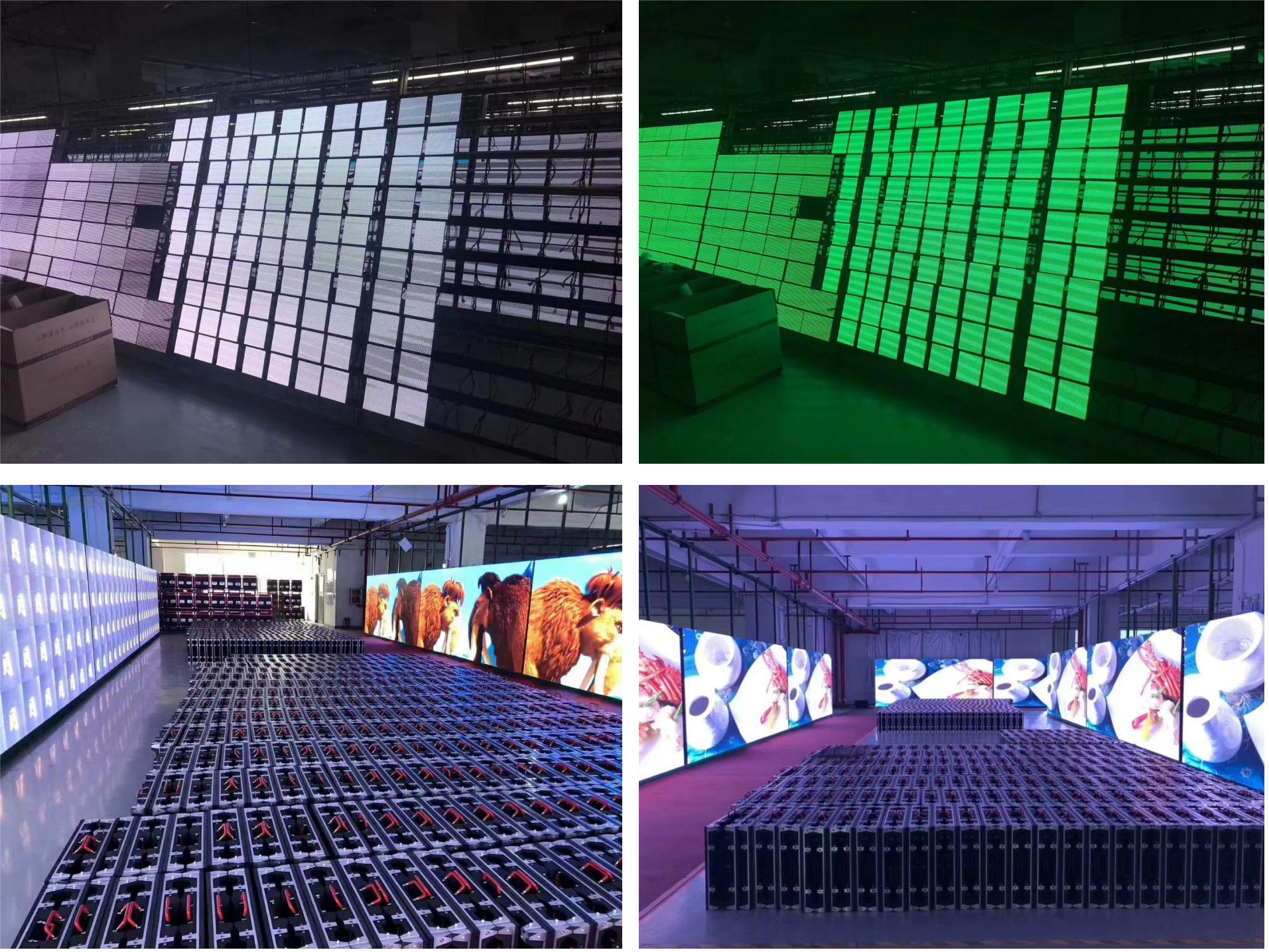
The LED aging test is a critical process to ensure the quality, reliability, and long-term performance of LEDs. By subjecting LEDs to various tests, manufacturers can identify any potential issues and make necessary improvements before the products reach the market. This helps in providing high-quality LEDs that meet the expectations of consumers and contribute to sustainable lighting solutions.
Application Scenario
LED display screens have become increasingly popular in outdoor settings due to their high brightness, durability, and versatility. They are now widely used in various outdoor environments to enhance communication, advertising, and entertainment experiences. Here are some common application scenarios for outdoor LED display screens.
1. Sports Stadiums: LED display screens are commonly seen in sports stadiums to provide live footage, instant replays, and score updates to the audience. They ensure that every spectator has a clear view of the action, no matter where they are seated. LED screens also allow advertisers to display dynamic advertisements during breaks, maximizing revenue opportunities.
2. Outdoor Advertising: LED display screens are extensively used for outdoor advertising. Their vibrant colors, high brightness, and large size make them highly visible even from a distance. They can display static or dynamic ads, videos, and animations, attracting the attention of passersby and effectively conveying advertising messages.
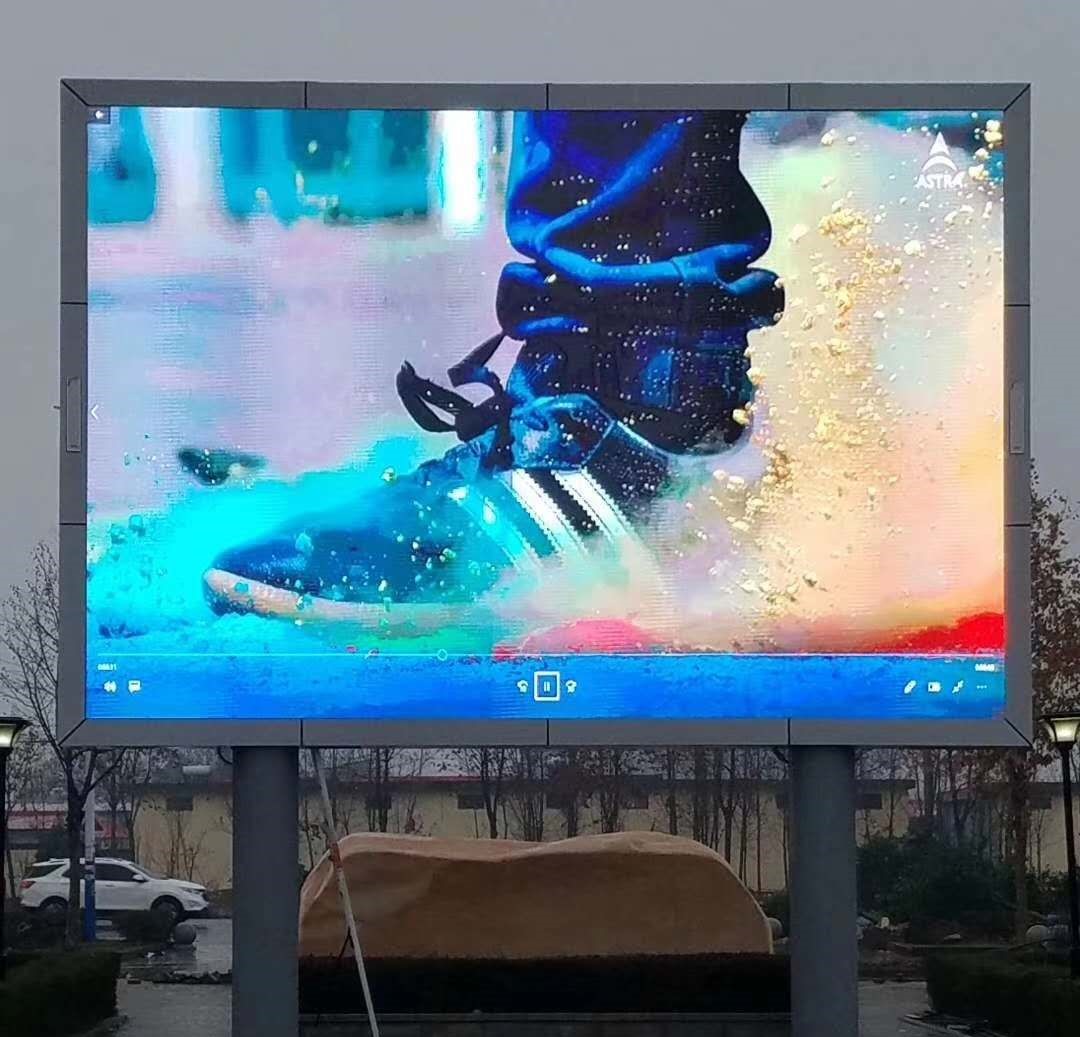
5. Outdoor Festivals and Events: LED display screens are indispensable in outdoor festivals and events. They serve as the main stage backdrop, displaying live performances, event schedules, and artist information. LED screens create an immersive atmosphere and enhance the overall visual experience for attendees.
6. Retail Stores: LED display screens are commonly used in retail stores for advertising and branding purposes. They can display product information, special offers, and interactive content to attract customers and enhance the shopping experience. LED screens are also used as digital signage to guide customers to different sections or highlight featured products.
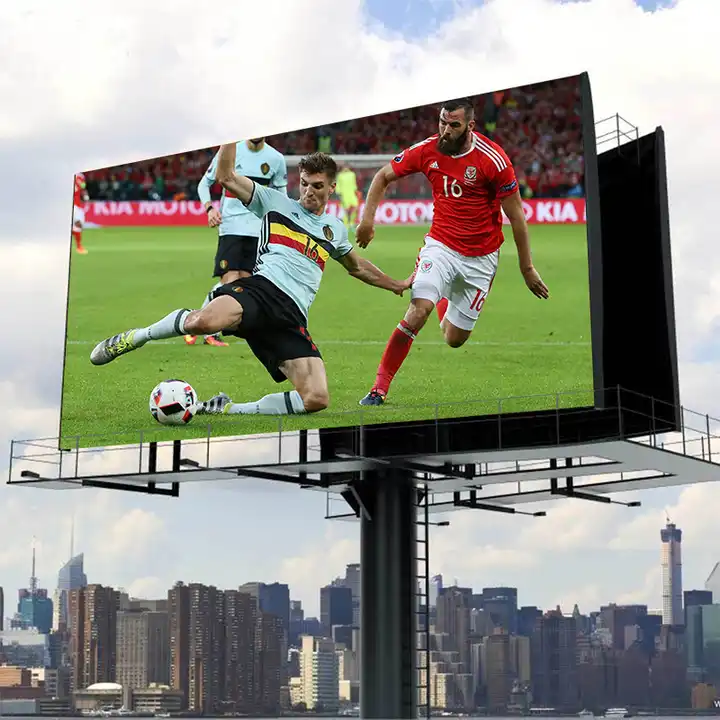
3. Transportation Hubs: LED display screens are commonly installed in transportation hubs such as airports, train stations, and bus terminals. They provide real-time information on arrivals, departures, delays, and other important announcements. LED screens also serve as digital signboards, guiding passengers to the correct platforms, gates, and exits.
4. Public Spaces: LED display screens are often found in public spaces such as city squares, parks, and shopping malls. They are used for various purposes, including public announcements, event promotions, and entertainment. LED screens can display live broadcasts of concerts, movies, or sporting events, allowing people to gather and enjoy the experience together.
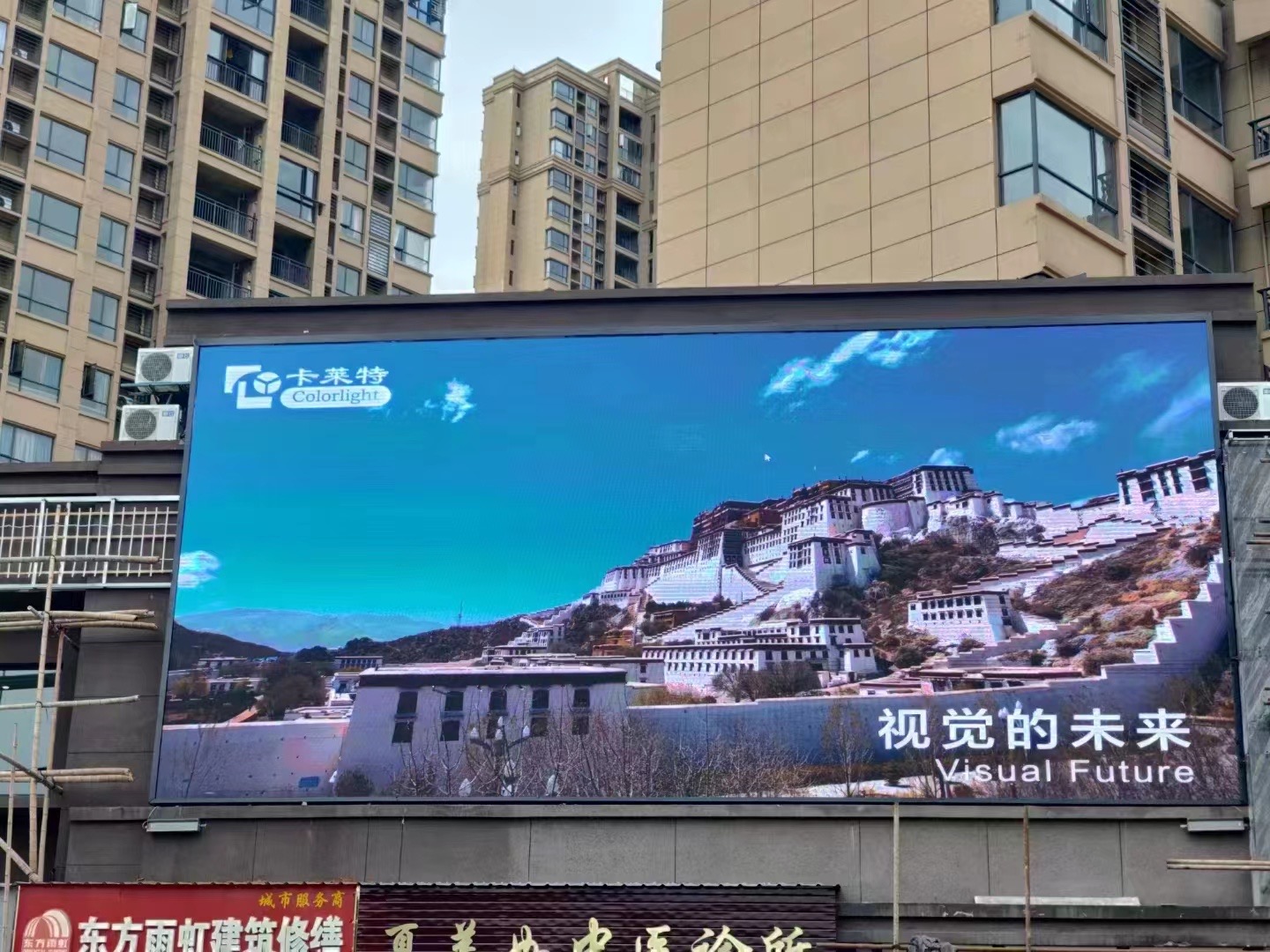
Delivery Time And Packing
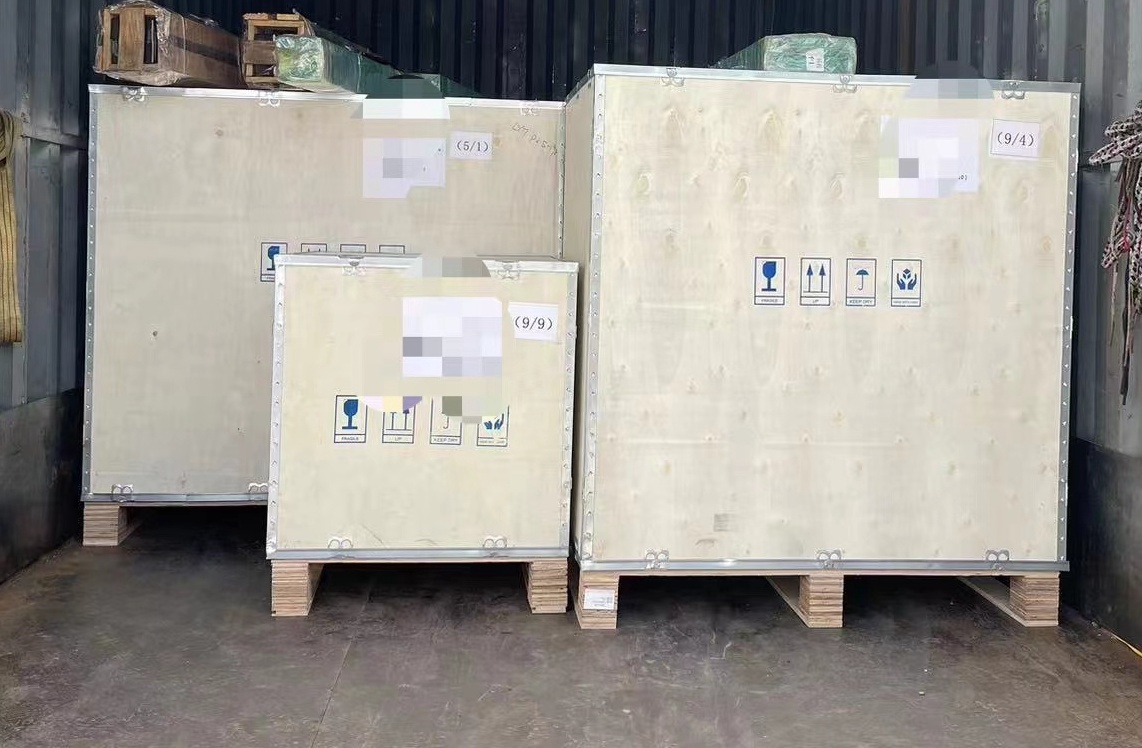
Wooden Case:If the customer buy modules or led screen for fixed installation, it is better to use a wooden box for export. The wooden box can protect the module well, and it is not easy to be damaged by sea or air transportation. In addition, the cost of the wooden box is lower than that of the flight case. Please note that wooden cases can only be used once. After arriving at the port of destination, the wooden boxes cannot be used again after being opened.
Flight Case:The corners of the flight cases are connected and fixed with high-strength metal spherical wrap angles, aluminum edges and splints, and the flight case use PU wheels with strong endurance and wear resistance. Flight cases advantage: waterproof, light, shockproof, convenient maneuvering, etc., The flight case is visually beautiful. For customers in rental field who need regular move screens and accessories, please choose flight cases.
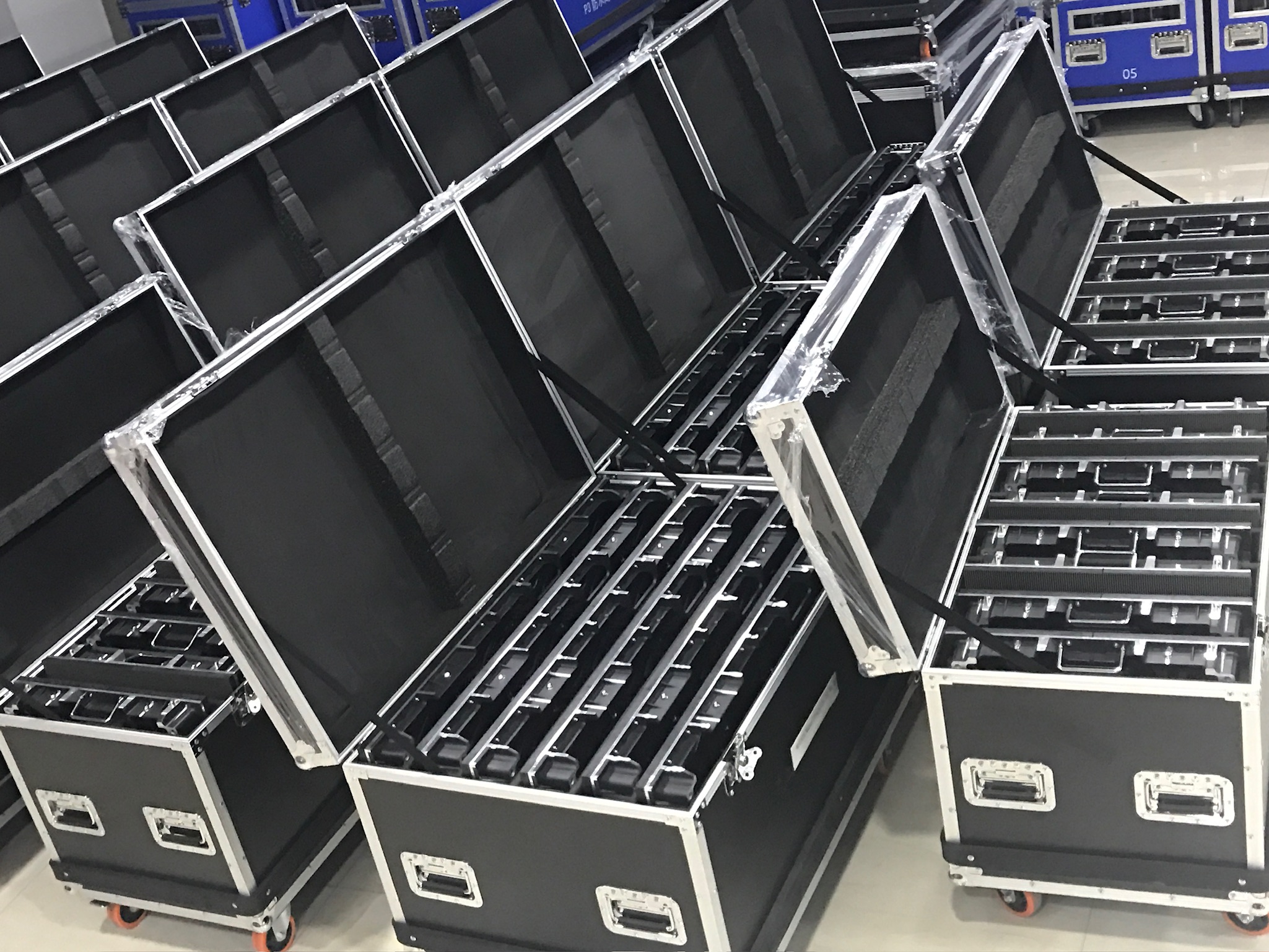
Production Line
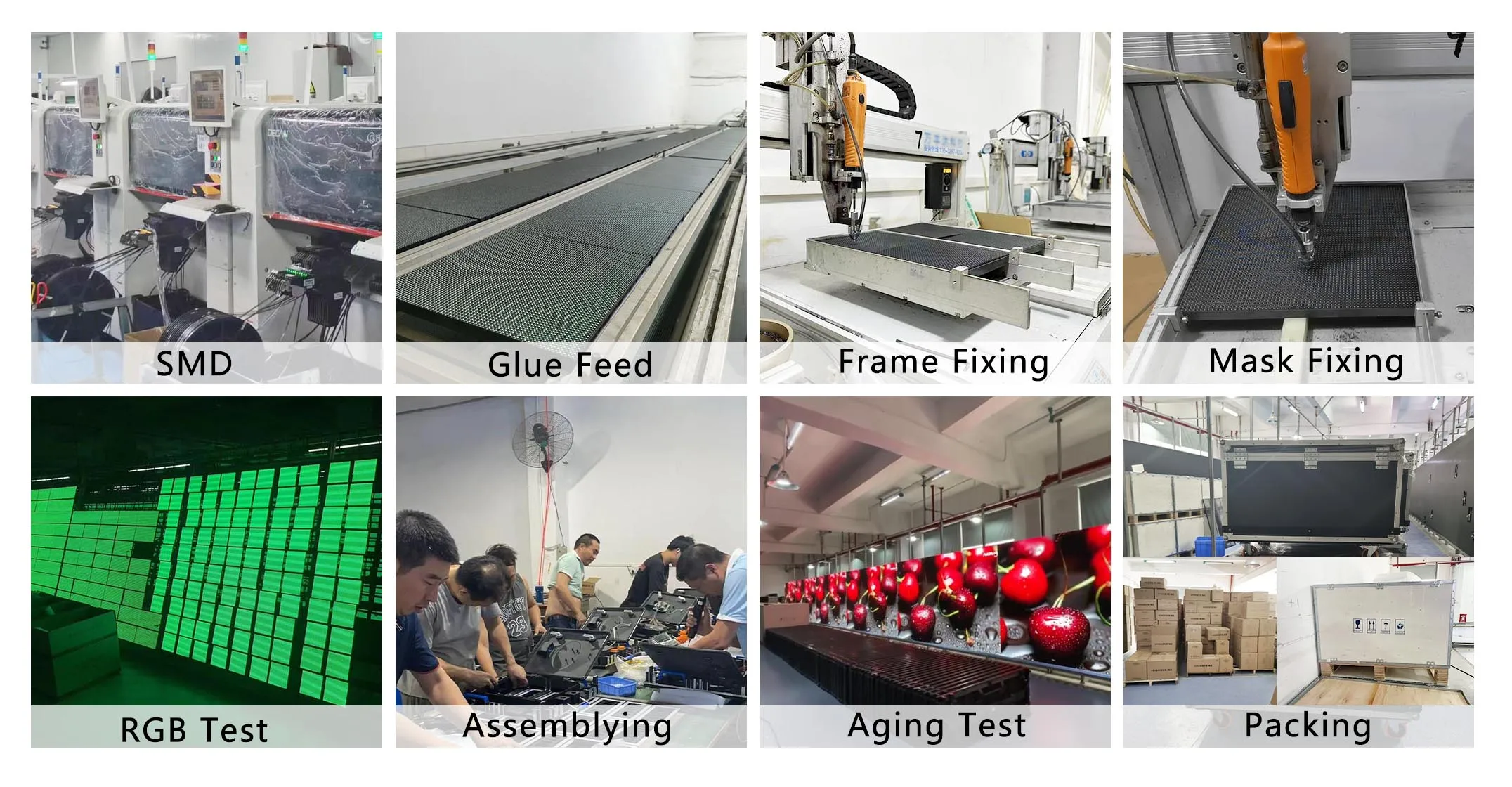
Shipping
Goods can be sent by international express, sea or air. Different transportation methods require different times. And different shipping methods require different freight charges. International express delivery can be delivered to your door, eliminating a lot of trouble.Please communicate with us to choose a suitable way.
Best After-Sale Service
We take pride in offering top quality LED screens that are durable and durable. However, in the event of any failure during the warranty period, we promise to send you a free replacement part to get your screen up and running in no time.
Our commitment to customer satisfaction is unwavering, and our 24/7 customer service team is ready to deal with any questions or concerns you may have. Please feel free to contact us, we will provide you with unparalleled support and service. Thank you for choosing us as your LED display supplier.


